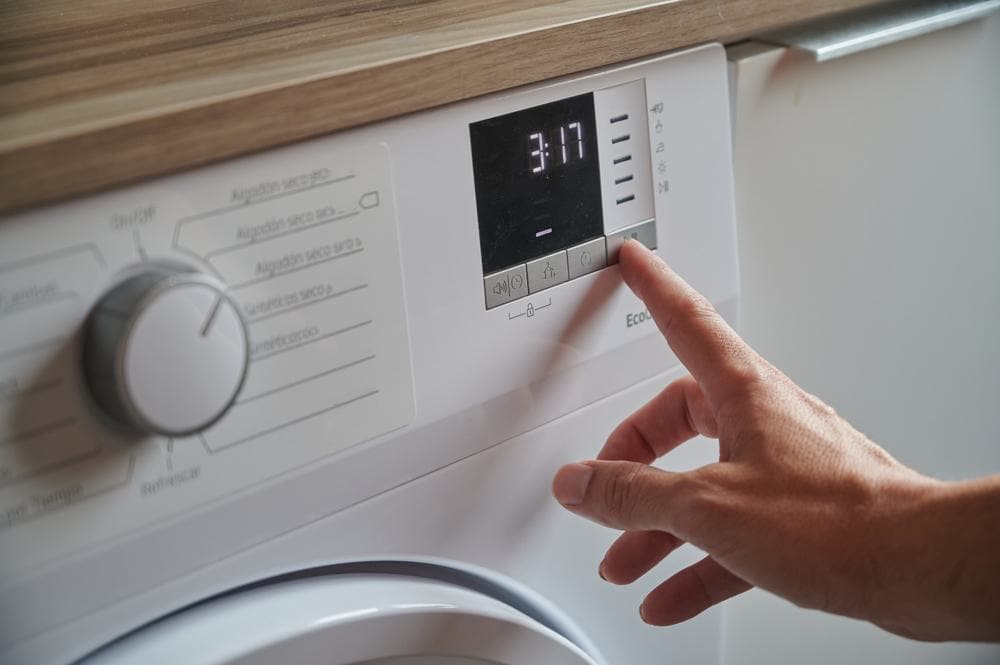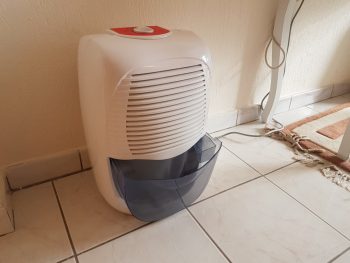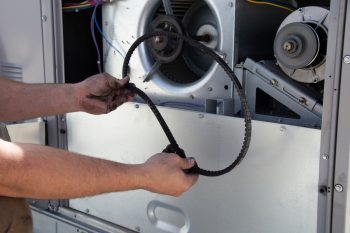
Accidentally washing a tissue in your washing machine can be a frustrating experience. The tissue disintegrates and leaves a mess on your clothes and inside the machine. But don’t worry, there are effective ways to remove tissue from your washing machine and prevent it from happening in the future.
To remove tissue from a washing machine, first, remove and shake out the laundry to get rid of as much tissue as possible. Use a dryer to catch most of the tissue fragments in its lint filter. Pick off any remaining tissue by hand. Finally, clean the washing machine by removing any visible tissue and running a ‘self-clean’ cycle if your machine has one. To prevent this from happening in the future, always check the pockets of your clothes before washing.
Signs of Tissue in Your Washing Machine
The initial signs that you may have washed a tissue in your washing machine include clothes coming out of the machine with small bits of tissue stuck to them, unusual noises when the drum turns, and resistance when manually spinning the drum. If you notice any of these signs, it’s time to take action.
Immediate Steps to Take
- Remove the laundry: Take out the clothes from the washing machine. This will allow you to remove tissue debris from both the washing machine and your clothes.
- Shake the clothes: Vigorously shake each garment over a garbage bin or an easily cleanable surface to remove as much tissue as possible.
- Use a dryer: The lint filter in the dryer will catch most of the tissue fragments, leaving your clothes clean and tissue-free. Make sure to clean the dryer filter once the clothes are dry.
- Pick off remaining pieces: If there are still tissue pieces on the clothes after using the dryer, pick them off by hand.
- Clean the washing machine: Check the inside of the washing machine and remove any tissue debris. You can also run the ‘self-clean’ cycle if your appliance has one.
Potential Damages to the Washing Machine
Leaving tissues in the washing machine can potentially damage the machine. Tissues can break down and disintegrate, causing fragments to get caught in various parts of the machine, such as the pump, drain, or drum. This can lead to clogs, reduced efficiency, and potential damage to the machine’s components.
Tools Needed
To effectively remove tissue from a washing machine, you can use a clothes dryer, a lint roller, or sticky tape. If you don’t have a dryer, you can try dissolving the tissue paper in an aspirin solution.
Techniques to Remove Tissue from Different Parts of the Washing Machine
Here are some techniques you can use to remove tissue from different parts of the washing machine:
- Shake the clothes: Remove the clothes from the washing machine and shake them vigorously to get rid of as much tissue as possible.
- Use a lint roller or sticky tape: Use a lint roller or sticky tape to remove tissue from clothing.
- Tumble dry: Place the clothes in the tumble dryer with a dryer sheet for 10 minutes. The tissue will come off and be collected in the lint filter.
- Rinse cycle with fabric softener: If the tissue is still stuck to the clothes, add fabric softener to the washing machine and run the rinse cycle once, and then the spin/dry cycle.
- Brush the clothes: After drying the clothes, use a fabric brush or a lint brush to remove any remaining tissue.
Preventive Measures
To prevent washing tissues in the washing machine in the future, always check the pockets of your clothes before putting them in the washing machine. You can also turn your clothes inside out before washing, sort clothes by color and type, and avoid overloading the machine.
Professional Cleaning Services
Professional washing machine cleaning services can help if you notice a persistent odor or mold in your washing machine, the machine is not performing optimally, or you want to maintain the longevity and efficiency of your washing machine.
Maintenance Practices
Regular maintenance can keep your washing machine functioning properly and free of foreign materials like tissues. Check pockets and shake laundry before washing, use the correct type of detergent, don’t overload the machine, clean the lint filter regularly, inspect and maintain hoses, clean the rubber gasket, leave the washer door open after use, deep clean your washing machine regularly, check machine position, and conduct monthly inspections and maintenance tasks.
Conclusion
By following these tips, you can effectively remove tissue from your washing machine and prevent it from happening in the future. Regular maintenance of your washing machine can also help ensure its longevity and efficiency.
Frequently Asked Questions
What type of fabric softener should I use for the rinse cycle?
You can use any type of fabric softener that is compatible with your washing machine and suitable for your clothes. Always follow the instructions provided on the fabric softener bottle.
How often should I deep clean my washing machine?
It’s recommended to deep clean your washing machine once every one to three months, depending on how frequently you use it. If you notice a persistent odor or a decrease in washing efficiency, you may need to clean it more frequently.
Can I use a vacuum cleaner to remove tissue from my washing machine?
Yes, you can use a vacuum cleaner to remove tissue from your washing machine. However, make sure to use a vacuum cleaner that is suitable for wet conditions and has a narrow nozzle to reach difficult areas.
Can I use bleach to clean my washing machine after removing the tissue?
Yes, you can use bleach to clean your washing machine, but only if it is safe for your specific machine. Follow the manufacturer’s instructions for using bleach in your washing machine.
What can I do if tissue gets stuck in the drain pump filter?
If tissue gets stuck in the drain pump filter, you can manually clean it. Turn off and unplug your washing machine, then open the drain pump filter cover. Pull out the filter, remove the tissue, and clean the filter before putting it back.
Why should I leave the washer door open after use?
Leaving the washer door open after use allows the inside of the machine to dry out, which helps prevent the growth of mildew and odors.











